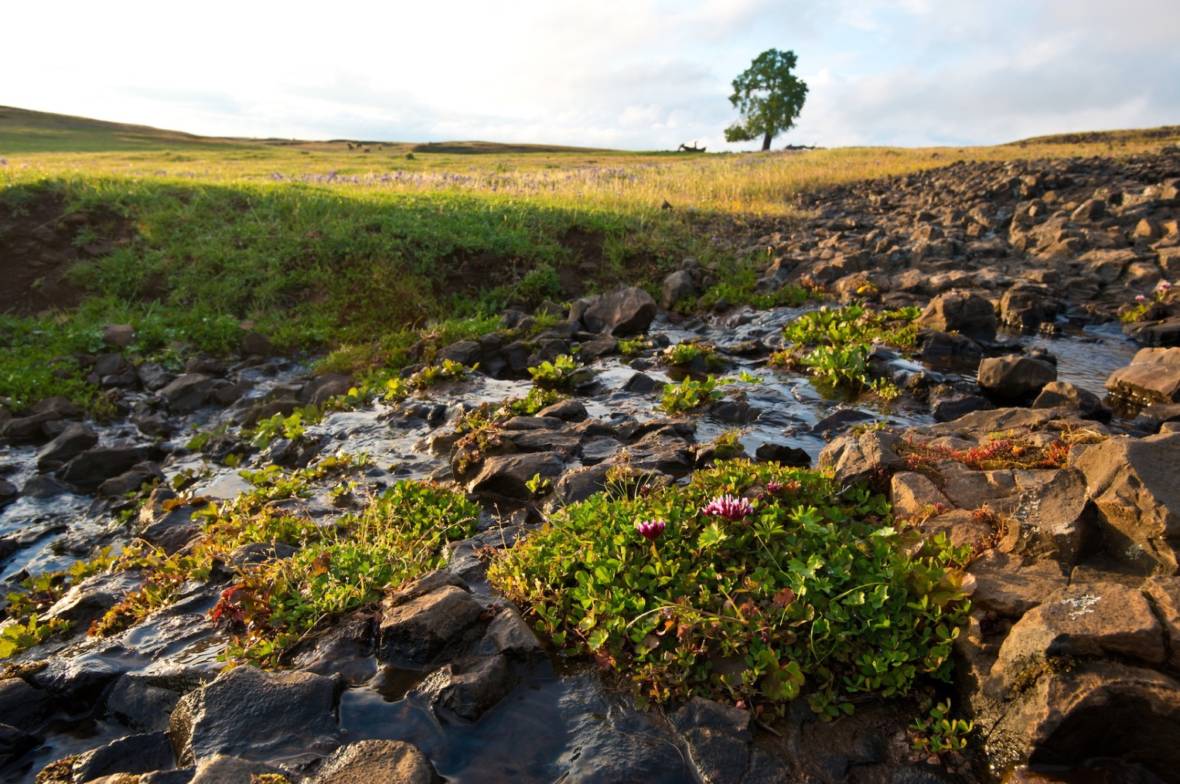Gov. Jerry Brown declared an end to California’s historic drought Friday, lifting emergency orders that had forced residents to stop running sprinklers as often and encouraged them to rip out thirsty lawns during the state’s driest four-year period on record.
The drought strained native fish that migrate up rivers and forced farmers in the nation’s leading agricultural state to rely heavily on groundwater, with some tearing out orchards. It also dried up wells, forcing hundreds of families in rural areas to drink bottled water and bathe from buckets.
Brown declared the drought emergency in 2014, and officials later ordered mandatory conservation for the first time in state history. Regulators last year relaxed the rules after a rainfall was close to normal.
But monster storms this winter erased nearly all signs of drought, blanketing the Sierra Nevada with deep snow, California’s key water source, and boosting reservoirs.
“This drought emergency is over, but the next drought could be around the corner,” Brown said in a statement. “Conservation must remain a way of life.”
